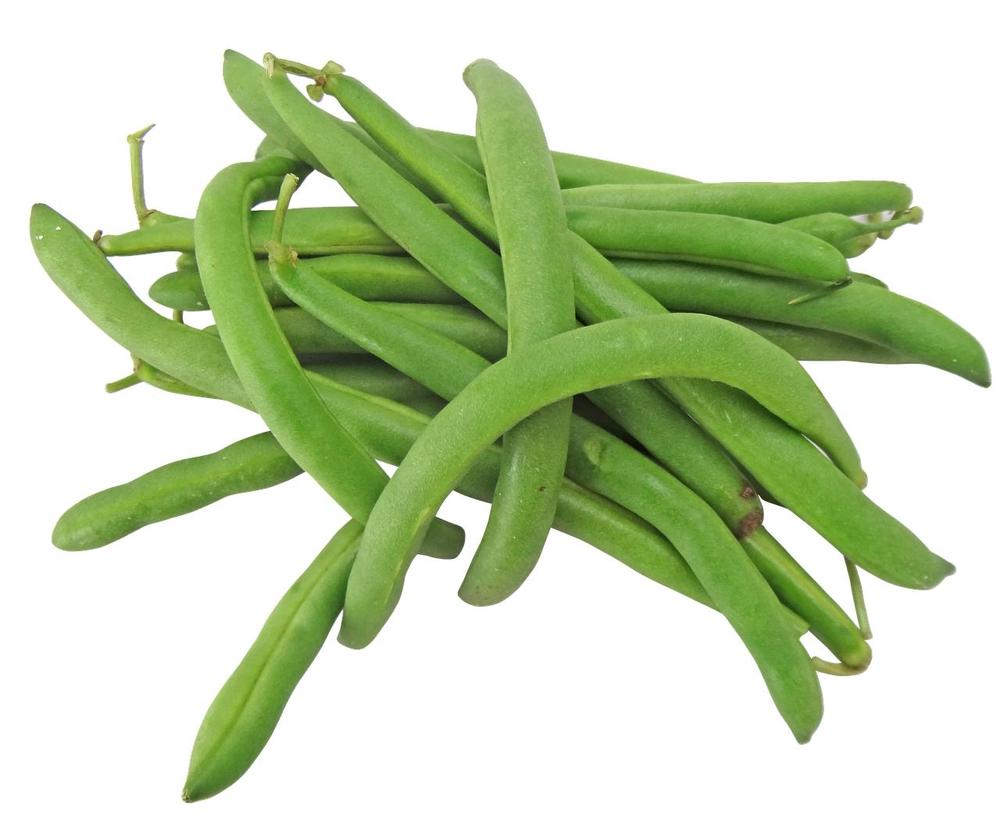Parrots are intelligent, active birds that make for popular pets. Their natural diet consists of seeds, nuts, berries, buds, and some fruits and veggies. As caretakers, it’s our job to provide them with proper nutrition. This leads to the question – can parrots eat green beans? Let’s find out!
An Overview of Parrot Nutrition
In the wild, parrots are able to forage for a wide variety of foods. Captive parrots have a more limited diet, so it’s essential to meet their needs through:
- A quality seed mix or pelleted formula
- Chopped fruits and vegetables
- Occasional treats like nuts or millet
They require a balanced diet with carbohydrates protein healthy fats, vitamins, and minerals. Variety also prevents boredom.
Why Green Beans Can Be Beneficial
Fresh green beans provide great nutritional value for parrots
- High in vitamin C – an antioxidant for immunity
- Good source of vitamin K – important for blood clotting
- Contains vitamin A – essential for healthy eyes, skin, and feathers
- Provides B vitamins like folate and thiamine
- Rich in manganese for bone health
- High in fiber to support digestion
- Low in fat and calories
Thanks to this stellar profile, green beans make an excellent addition to a parrot’s diet. The vitamins, minerals, and fiber contribute to overall wellness.
Can Parrots Eat Raw Green Beans?
Yes, parrots can safely eat raw, washed green beans. The crunchy texture is enriching. However, raw beans may be harder to digest. It’s best to introduce them slowly to avoid digestive upset.
Always chop raw beans into bite-sized pieces first. Remove any fibrous strings that could pose a choking risk, especially for small parrots.
Monitor your parrot’s reaction when first offering raw beans Adjust the quantity based on their tolerance
Should Green Beans Be Cooked for Parrots?
Cooking green beans breaks down the fibrous content, making them easier to digest. Healthy cooking methods include:
- Steaming for 5-7 minutes
- Boiling or blanching for 3-5 minutes
- Microwaving briefly to soften
Avoid adding any oil, salt, spices, or seasonings. Let cooked beans cool fully before feeding.
Feeding Green Beans to Parrots
Follow these tips when introducing green beans:
- Wash and chop beans into bite-size pieces
- Mix with other chopped veggies for diversity
- Offer once or twice weekly as a treat
- Start with a few pieces and slowly increase
- Ensure beans make up less than 10% of total diet
- Watch for undigested beans in droppings
Monitor your parrot’s reaction. Eager consumption indicates enjoyment. Discontinue use if any diarrhea, constipation or appetite loss occurs.
Always remove uneaten green beans within a few hours to prevent spoilage.
Other Important Green Bean Feeding Tips
Here are some other guidelines:
- Select fresh, organic beans when possible
- Avoid canned or frozen beans with additives
- Don’t leave beans in reactive metal cookware
- Prevent exposure to cooking fumes
- Introduce new bean varieties gradually
- Adjust quantity based on your parrot’s preferences
Following these tips will allow your parrot to enjoy green beans safely!
The Verdict: Can Parrots Eat Green Beans?
Green beans provide vitamins, minerals, antioxidants, and fiber important for a parrot’s health. They add variety and enrichment.
When feeding green beans, practice proper preparation, watch portions, and monitor for any intolerance. Offer them as a tasty, healthy treat your parrot will delight in.
Frequently Asked Questions About Green Beans for Parrots
Here are answers to some common questions parrot owners have:
How often can I give my parrot green beans?
Offer them 1-2 times per week as a treat. Ensure they make up less than 10% of total food.
Is it okay to give my parrot raw green beans?
Yes, raw green beans are fine for most parrots. Just introduce slowly and watch for any digestive issues.
Should I avoid feeding my parrot canned green beans?
Yes, avoid canned green beans with added salt or preservatives. Go for fresh or frozen without additives.
What’s the best way to prepare green beans for my parrot?
Wash and chop into small pieces. Lightly steam or boil for easier digestion. Let cool before feeding.
How do I know if my parrot tolerates green beans?
Monitor droppings – undigested beans may indicate intolerance. Also watch for diarrhea, constipation, or lack of appetite.
Can I mix green beans into my parrot’s regular food?
Yes, you can mix small chopped green beans with pellets, vegetables, or cooked grains for diversity.

Lettuce and other green leaves
Is lettuce of any nutritional value? Apparently Romaine lettuce is far more beneficial in comparison to iceberg lettuce. When I searched for information on the internet, I found that lettuce is said to be an excellent source of Vitamin A. This surprised me because it is known that dark green leaves are known to be a better source than light green ones.
The minerals present in lettuce are calcium, iron, magnesium, phosphorus, potassium, sodium and zinc. It also contains essential vitamins like thiamin, riboflavin, niacin, vitamin B-6 and Vitamin E, all of which Parrots need in small amounts..
Spinach beet and Swiss chard
The leaves of spinach beet are delicious to parrots, but many birds don’t like the spinach leaves. They can be chopped for smaller birds and added to soft foods. Spinach beet is very easy to grow – even in window boxes.
You can plant young plants outside in May, and they will have lots of healthy dark green leaves until October or even November. Swiss chard can be grown in winter. Packets of seeds of spinach beet, beans and other vegetables, are sold in most supermarkets.
Parrots find green leaves more appetising is they are dipped in water before being fed. When they dry out they will probably be ignored.
